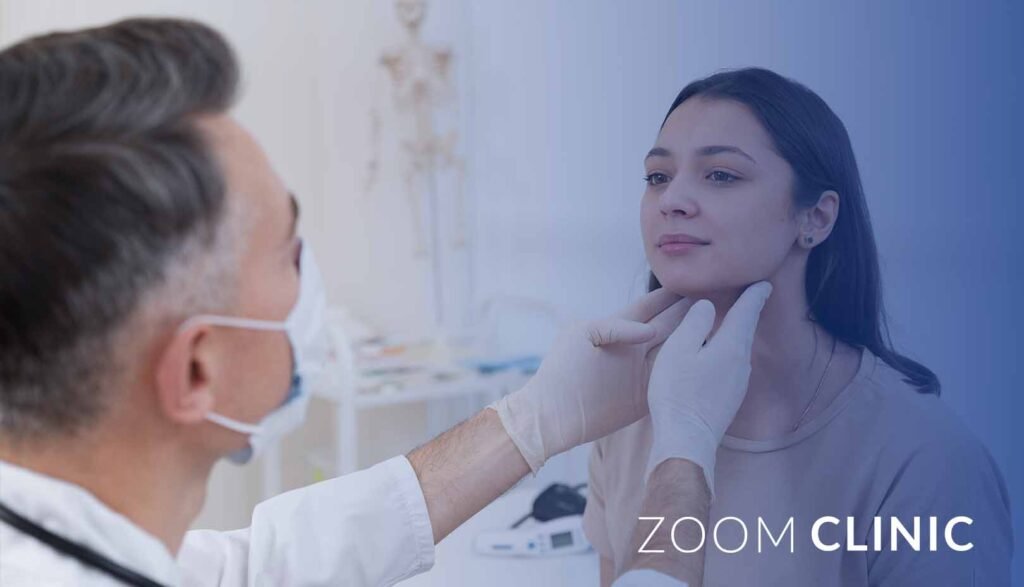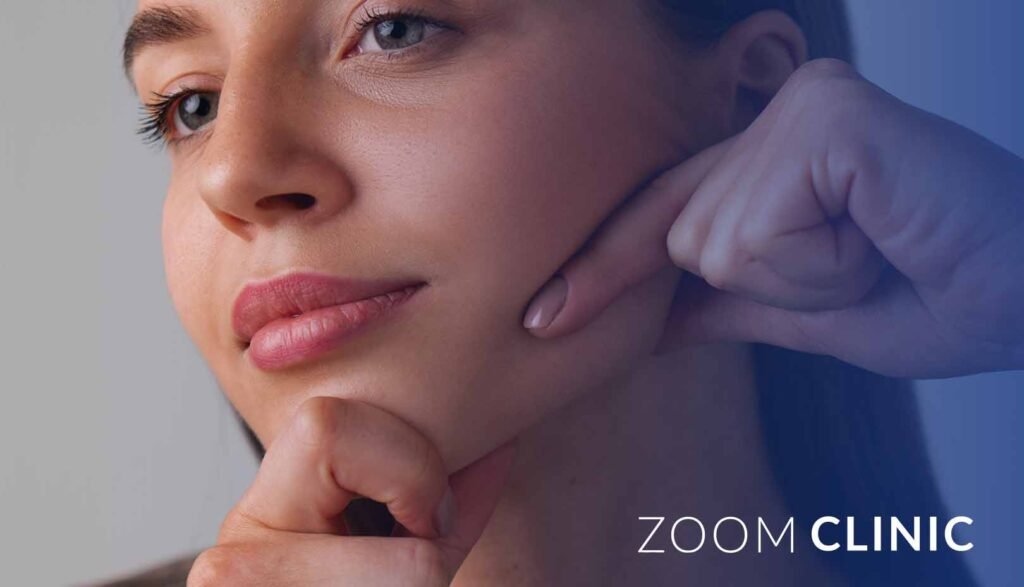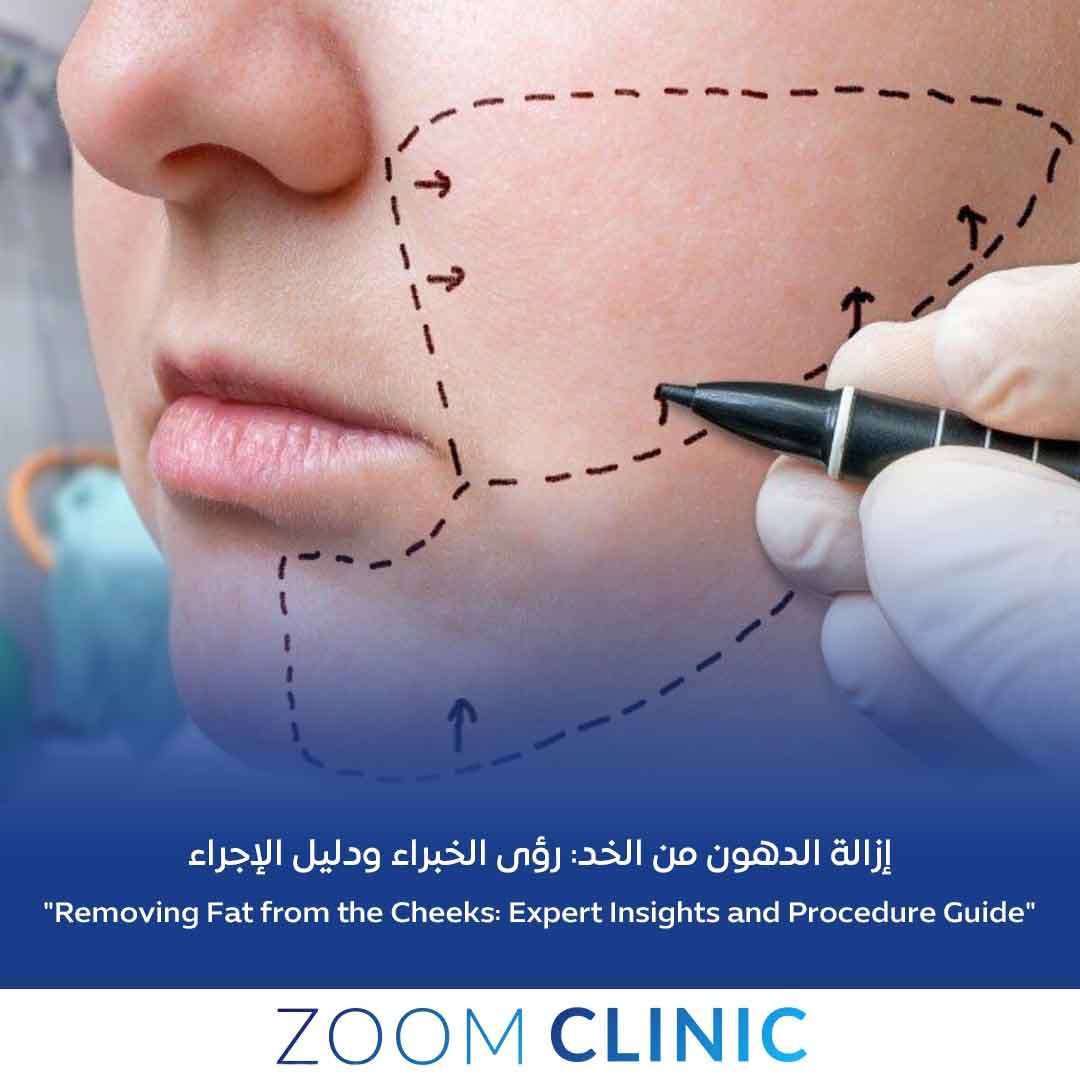Buccal fat removal is a procedure to slim your cheeks by removing fat pads, giving you a more chiseled look. If you’re unhappy with a round face or lack of jawline definition, this might be the answer. This article covers the procedure, recovery, benefits, risks, and costs.
Table of Content
Key Takeaways
- Buccal fat removal enhances facial contours by removing fat pads from the lower cheeks, leading to a more defined and balanced appearance.
- Ideal candidates for the procedure include healthy individuals with stable weight and realistic expectations about the outcomes.
- Post-operative care is essential for recovery, including a soft diet and avoiding vigorous activities for at least three weeks to ensure optimal healing.
Understanding Buccal Fat
Buccal fat refers to the fat in the lower cheeks, specifically located in the hollow area beneath the cheekbone. These fat pads extend from the temples to the jawline, playing a crucial role in shaping the contour of the lower cheek area. Prominence of buccal fat can result in a rounder or puffier facial appearance, which some individuals seek to address through buccal fat pad removal.
The amount of buccal fat a person has can be influenced by several factors, including genetics, age, and body weight. While some people may have more buccal fat naturally, others may notice changes in their facial fullness over time. For those with too much buccal fat, this can obscure jawline definition and create a less desired facial profile.
Knowing the role of buccal fat helps appreciate how its removal can enhance facial aesthetics. Targeting these fat pads, the procedure creates a more defined and balanced facial appearance.
The Buccal Fat Removal Procedure
Buccal fat removal surgery is a cosmetic procedure aimed at enhancing facial contours by removing fat pads in the lower cheeks. Known as buccal lipectomy or cheek reduction surgery, the procedure involves making incisions inside the mouth to access the buccal fat pads. This approach minimizes visible scarring, ensuring a more seamless outcome.

Patients might need to stop certain medications or undergo blood tests to ensure safety before the surgery. The plastic surgeon will analyze facial structure, often taking pictures for precise planning. The procedure can be performed in a hospital or a doctor’s office, based on individual needs. Additionally, plastic surgeons may provide guidance on post-operative care.
The surgery itself is relatively quick, lasting about 30 to 60 minutes, with minimal discomfort due to the use of local anesthesia. After making small incisions inside the mouth, the surgeon removes the buccal fat pads, meticulously sculpting the lower cheeks to achieve the desired aesthetic result.
Post-surgery, a special mouth rinse is often recommended to prevent infection and promote healing.
Who is a Good Candidate for Buccal Fat Removal?
Ideal candidates for buccal fat removal are in good health, maintain a stable weight, and are nonsmokers, as smoking can complicate both the procedure and healing. This surgery suits those unhappy with their full cheeks and desiring a more contoured facial profile.
Realistic expectations about the procedure’s outcomes are important. Buccal fat removal can significantly enhance facial aesthetics, but results vary based on individual facial anatomy and the amount of fat removed. Consulting with a board-certified plastic surgeon helps set realistic expectations and determine if the procedure aligns with your goals.
Ideal candidates are those who recognize that buccal fat naturally diminishes with age and are looking for a more immediate and long-lasting solution to achieving a more defined look.
Benefits of Buccal Fat Removal
One of the primary benefits of buccal fat removal surgery is the enhancement of facial aesthetics by creating a more defined jawline. This procedure can significantly improve facial symmetry and define facial angles, contributing to a more sculpted and balanced appearance. The results are long-lasting, providing patients with a permanent solution to excess facial fat.
Most patients begin to see noticeable improvements in their cheek appearance within two to three weeks after the procedure. The long-term results stabilize around three months post-surgery, offering a lasting enhancement to facial contours. Additionally, the procedure results in minimal scarring since the incisions are made inside the mouth.
Buccal fat removal also offers a personalized approach, as the amount of fat removed can be tailored to each individual’s facial structure and aesthetic goals. This customization allows for a more precise and satisfying outcome, enhancing overall facial aesthetics.
Potential Risks and Complications
As with any surgical procedure, buccal fat removal carries potential complications that patients should be aware of. One notable risk is infection, which can arise if the incision sites are not properly cared for post-surgery. Patients should follow their surgeon’s instructions carefully to prevent this complication.
Nerve damage is another potential risk, which can lead to issues like numbness or altered sensation in the cheeks. Facial asymmetry may also occur if the procedure is not performed symmetrically. Persistent swelling is another possibility, though it typically improves within a few weeks.
Choosing an experienced surgeon is crucial for minimizing these risks. An adept surgeon can effectively manage any complications that might arise during recovery, ensuring a safer and more successful outcome.
Cost of Buccal Fat Removal Surgery

The cost of buccal fat removal surgery varies based on several factors, including the surgeon’s expertise, facility fees, and location. Procedures performed in high-demand areas typically incur higher buccal fat removal costs. Additional expenses may include anesthesia, prescription medications, and any necessary medical tests.
Since buccal fat removal is considered a cosmetic procedure, health insurance generally does not cover the costs. However, many surgeons offer financing options to make the procedure more accessible to patients. It’s essential to discuss all potential costs during your consultation to avoid any surprises.
Understanding the financial aspects of buccal fat removal can help you plan accordingly and ensure that you are financially prepared for the procedure and any associated expenses.
Post-Procedure Care and Recovery
Post-procedure care is crucial for a smooth recovery and optimal results. In the initial days after the surgery, a soft or liquid diet is recommended to avoid stressing the healing tissues. Pain and swelling are common in the first three days, with painkillers provided to manage discomfort. A liquid diet should be maintained for several days post-surgery.
Patients typically experience swelling and bruising, but these symptoms usually improve within a few weeks. It’s essential to avoid vigorous activities for at least three weeks to promote healing. Regular follow-up visits with the surgeon are necessary to monitor the healing process and address any concerns.
Recovery time is generally quick, allowing patients to return to normal activities within a few days. However, food reintroduction should be gradual, starting with easily digestible items like mashed potatoes and soups.
Alternatives to Buccal Fat Removal
For those considering alternatives to buccal fat removal surgery, cheek liposuction is a viable option. This less invasive surgical procedure can effectively reduce facial fullness and achieve similar aesthetic goals. The choice between cheek liposuction and buccal fat removal depends on individual facial anatomy and desired outcomes.
Nonsurgical options include lifestyle changes such as diet and exercise, which can help naturally lose fat over time. However, these methods may not provide the same targeted results as surgical procedures. Consulting with a cosmetic surgeon is crucial to determine the best approach for your specific needs.
Exploring these alternatives enables patients to make an informed decision that aligns with their aesthetic goals and comfort levels.
Common Myths About Buccal Fat Removal
Several myths about buccal fat removal can cause unnecessary concern. One common misconception is that the procedure leads to sagging skin. In reality, buccal fat removal does not affect skin elasticity and therefore does not cause sagging.
Another myth is that buccal fat removal accelerates aging. When performed correctly, the procedure enhances facial contours and can promote a youthful appearance. Concerns about looking gaunt or emaciated with age after buccal fat removal are also unfounded; the goal is to maintain a balanced facial contour.
Understanding these myths helps potential patients grasp the true outcomes and benefits of buccal fat removal, leading to more informed decisions.
Questions to Ask Your Plastic Surgeon

When considering buccal fat removal, ask your plastic surgeon the right questions. Confirm if they hold certification from the American Board of Plastic Surgery and inquire about their specific training in buccal fat removal techniques.
Inquire about the type of anesthesia used and the expected recovery timeframe. Clarify the recommended surgical technique for your case and ensure the surgical facility is accredited or licensed.
Understanding these details can provide peace of mind and help you feel more confident in your decision. Consulting an experienced surgeon is key to achieving the best possible outcome.
Summary
In summary, buccal fat removal surgery offers a targeted and effective solution for those looking to enhance their facial contours. By understanding the intricacies of the procedure, potential candidates can make informed decisions about their aesthetic goals.
The benefits of buccal fat removal, including improved facial symmetry and a more defined jawline, are significant. However, it’s crucial to be aware of the potential risks and complications, as well as the costs involved.
Ultimately, consulting with a board-certified plastic surgeon and asking the right questions can ensure a safe and successful outcome. With proper care and realistic expectations, buccal fat removal can be a transformative experience, enhancing both appearance and confidence.
Get the special offer today from Zoom Clinic
Read Also:
The Role of Fat Grafting in Corrective Facial Surgery
Frequently Asked Questions
What is buccal fat removal surgery?
Buccal fat removal surgery is a cosmetic procedure that removes fat pads from the lower cheeks to enhance facial contours. This surgery can create a more defined and sculpted appearance in the face.
Who is a good candidate for buccal fat removal?
A good candidate for buccal fat removal is someone in good health, maintains a stable weight, is a nonsmoker, and has realistic expectations about the results.
What are the potential risks of buccal fat removal?
The potential risks of buccal fat removal include infection, nerve damage, facial asymmetry, and persistent swelling. It is crucial to consider these risks before undergoing the procedure.
How much does buccal fat removal surgery cost?
Buccal fat removal surgery typically costs between $2,000 and $5,000, influenced by factors such as the surgeon’s expertise and the specifics of the facility. It is essential to consider additional expenses for anesthesia and other related services.
What should I ask my plastic surgeon before undergoing the procedure?
It is crucial to confirm your surgeon’s certification and specific training in buccal fat removal, inquire about anesthesia options and recovery expectations, and verify that the surgical facility is accredited. These questions will help ensure you are making an informed decision regarding your procedure.


